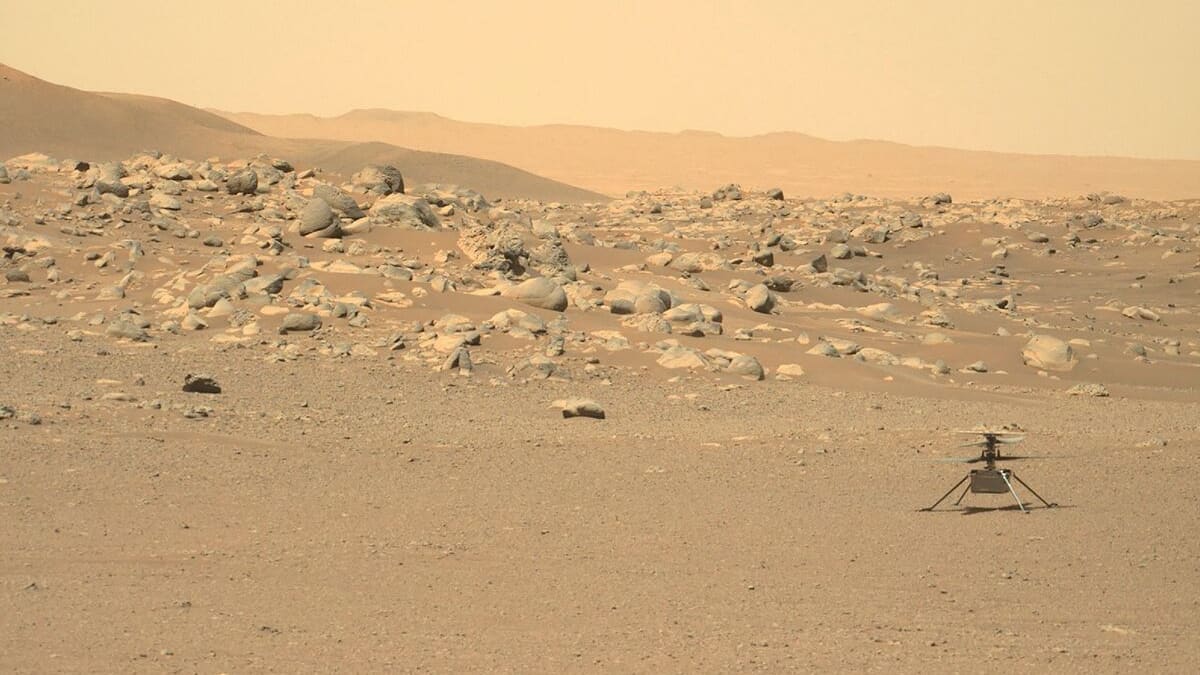
The US Aeronautics and Space Administration (NASA) has restored contact with its small helicopter called “Ingenuity” on the surface of Mars, the space agency announced Saturday, after an unexpected malfunction that raised fears of the end of the machine.
• Read also: NASA loses contact with its helicopter on Mars
The helicopter, which looks like a large drone, in 2021 became the first robotic device to fly on another planet.
He arrived on Mars with the Perseverance rover, which acts as a data relay between the helicopter and Earth and is tasked with searching for traces of ancient life on Mars.
Communications between the helicopter and the rover were suddenly cut off on Thursday during Ingenuity Flight 72.
“Good news today,” NASA's Jet Propulsion Laboratory (JPL), which is responsible for the machine, wrote late Saturday afternoon on X (formerly Twitter).
The agency said the helicopter was eventually contacted by ordering Perseverance to “conduct long-term listening sessions to pick up the Ingenuity signal.”
She added that the team responsible for the helicopter “is examining new data to better understand the unexpected communications outage during Flight 72.”
NASA previously explained that Thursday's flight was aimed at “checking the helicopter's systems, after an earlier landing than was planned during the previous flight.”
NASA explained in this message published on Friday evening that Ingenuity reached a height of 12 meters, but “during its descent, communications between the helicopter and the rover ended earlier, before landing.”
on
NASA has temporarily lost contact with the helicopter in the past, including for an extended period of about two months last year.
The Ingenuity spacecraft, which weighs just 1.8 kg, was originally supposed to take off only five times, but the mission exceeded all expectations.
In total, the helicopter traveled about 17 kilometers, flying at an altitude of 24 metres.
Its longevity is impressive, especially considering that it must survive the frigid Martian nights and keep itself warm thanks to solar panels that charge its batteries during the day.
Working with Perseverance, he acted as an aerial scout to help his wheeled companion search for possible signs of ancient microbial life.





